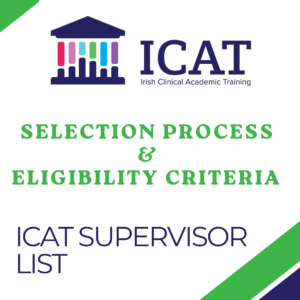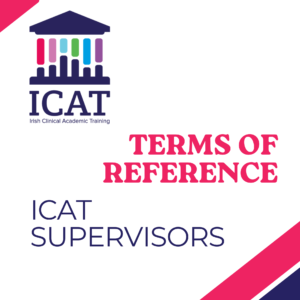Supervisor Database Search
Guidance for ICAT Supervisors
Supervisor Database
Full NameDr Hanne Jahns
Veterinary Pathobiology
University College Dublin
Webpage:people.ucd.ie
Email hidden; Javascript is required.
- infectious disease and the immune system
- cancer/oncology
- one health
- comparative medicine
- Pathology
- Veterinary Medicine
- Infectious diseases
- Oncology
The chicken chorioallantoic membrane (CAM) assay is an alternative in vivo cancer xenograft model and is successfully utilised for studying of cancer hallmarks such as angiogenesis, proliferation, invasion and metastasis and of anti-cancer drug effects. In collaboration with Dr Ann Hopkin’s research team (RCSI) I have developed an expertise in the pathological interpretation of the CAM assay and published on characteristics of different tumour types used on the assay.
Further, my expertise is in neuropathology. Publications in this area arose from my PhD, from diagnostic work and collaborations.
Current projects investigate new aspects on the prevalence and pathology of leptospirosis in domestic animals and wildlife, common diseases in seals and Johne’s disease, infection with Mycobacterium avium subsp. paratuberculosis, in sika deer.
Oral squamous cell carcinomas (OSCC) are the most common malignant tumours in the oral cavity of cats with a very poor prognosis. In addition, this disease offers a potential comparative naturally-occurring model of human head and neck squamous cell carcinoma (HNSCC).
A patient-relevant model of feline oral squamous cell carcinoma (OSCC) can characterise important signalling pathways that promote feline OSCC invasiveness and progression and identify potential druggable targets and may add to the knowledge on HNSCC. The chicken chorioallantoic-membrane (CAM) assay has not been utilized previously for the investigation of cancer in companion animals.
The objectives of the study would be to
• Identify potential stem cells within the three established feline OSCC cell lines, SCCF1, SCCF2, and SCCF3 by assessing the anchor independent growth
• Characterise the in vivo growth of the three feline OSCC cell lines on the chicken CAM assay by assessing the invasiveness and vascularisation
• Confirm the influence of different pathways on the in vivo growth
• Use specific small molecules to inhibit these growth relevant targets to identify them as druggable targets

